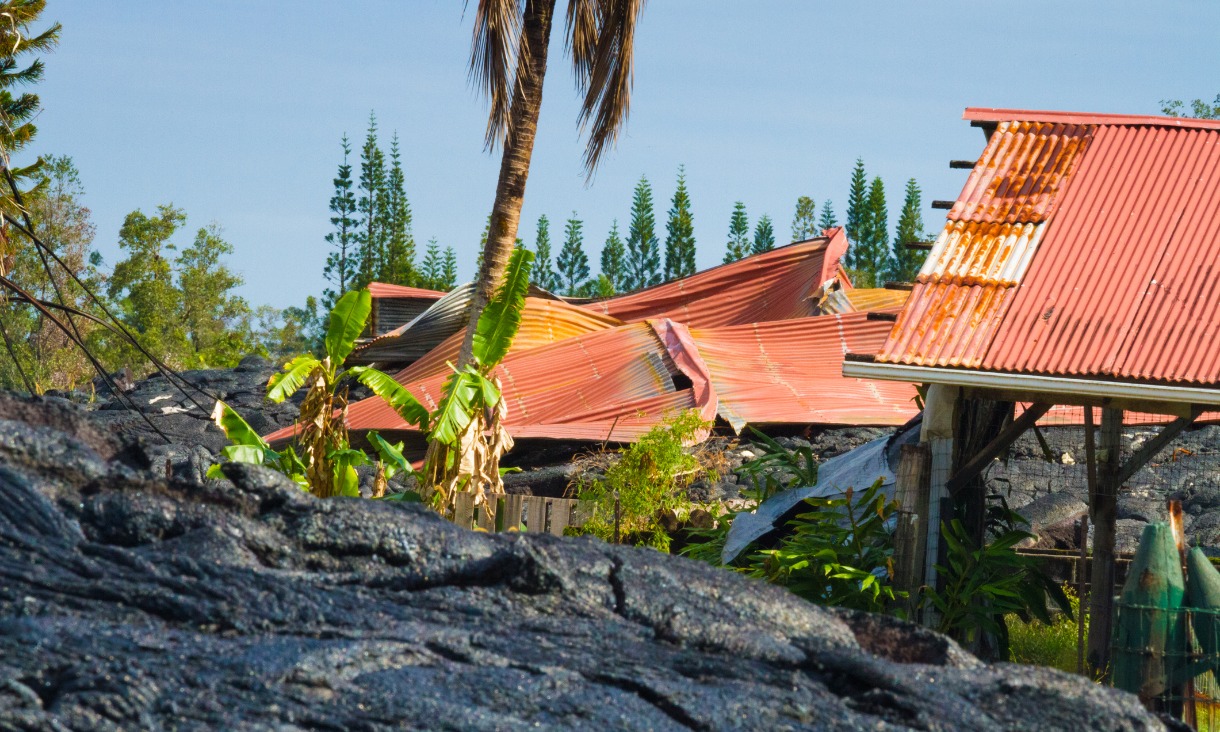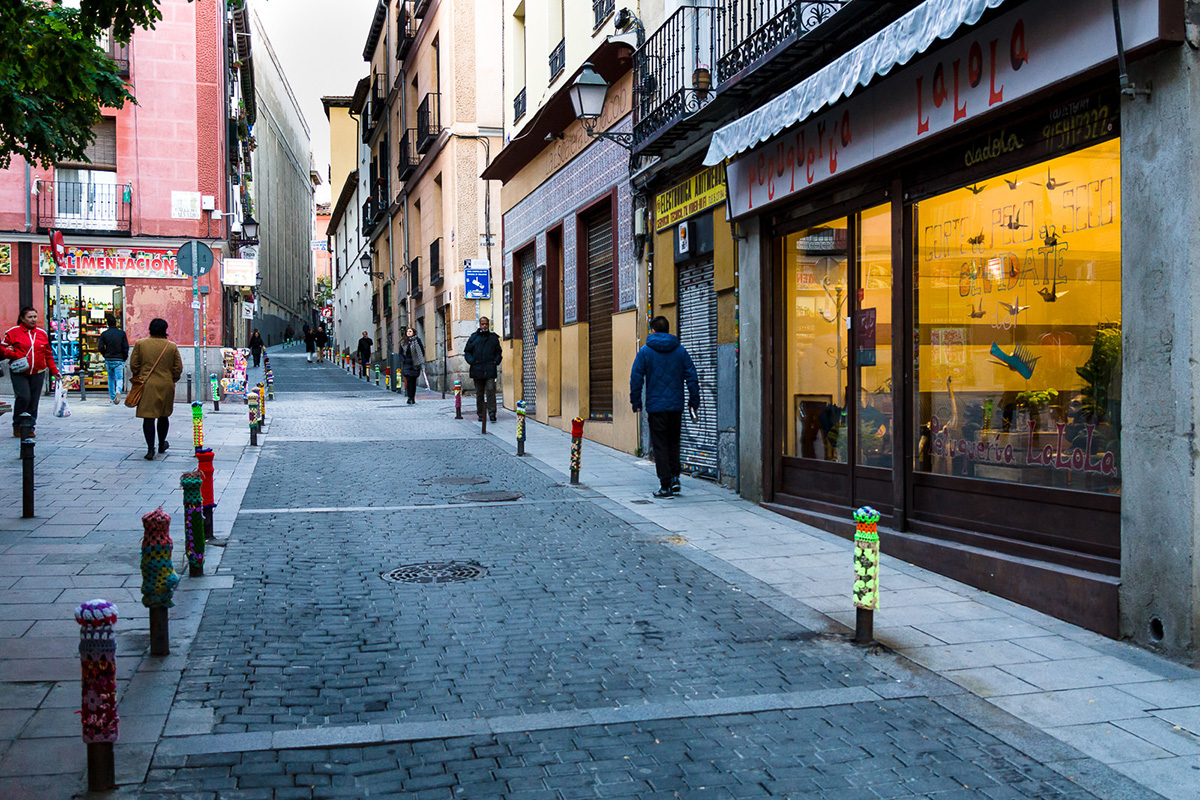Australia’s first Humanitarian Architecture week has wrapped up after a series of events at RMIT’s Melbourne campus that explored how to provide appropriate design strategies for post-disaster communities.
Professor Esther Charlesworth, director of RMIT’s Master of Disaster, Design and Developmentdegree and curator of the week’s program, said the topic of post-disaster design was not a fringe one.
“Consecutive crises such as the volcano eruption in Hawaii, the displacement of the Rohingya, the famines in Sudan, and the war in Syria are now disrupting vulnerable communities and economies on a daily basis-and yet the design profession is seldom found in the humanitarian space,” she said.
“We want to attract people with diverse skill sets such as engineering, design and health and teach them how design can be used as a strategic tool to address complex global challenges including poverty, natural disasters, civil conflict and climate change.
“We believe critical design thinking will equip future leaders in the field of disaster response and recovery to deal with the biggest ecological and man-made crises of our time,” Charlesworth said.
Pakistan’s first female architect, and designer of disaster relief shelters, globally, Yasmeen Lari was a key presenter during the week.
In areas affected by Pakistan’s 2005 earthquake, she devised a bamboo shelter system which is cheap to build, and has a low-carbon footprint. Built with adobe-and mud walls and strong bamboo cross-bracing, all the materials are available locally.
Working with Architecture for Humanity, Nokia and the Swiss Pakistan Society, she has built nearly 2,000 sustainable shelter units, which she hopes will help promote and propagate green design in Pakistan.
"I often tell my colleagues, 'let us not treat disaster-affected households as destitute, needing handouts. Rather, let us give them due respect and treat them as we would a corporate-sector client.
"When we train as architects, we're taught that architecture is like God because you create things. As a result, your ego is inflated. You think no one else can do what you're doing. Now my work is something else. It's another world I am working in", she said.
During the 2010 floods in Pakistan, which affected 20 million people, Lari was inspired to build new, safe, waterproof homes, and has since built 36,000 shelters in the country.
RMIT’s Master of Disaster, Design and Development is a cross disciplinary degree that was developed in collaboration with industry connections in the humanitarian sector, including the International Federation of Red Cross and Red Crescent Societies (IFRC), World Vision International, UNHabitat and UNHCR. Enrolments for 2019 will open soon.
Story: Karen Phelan





